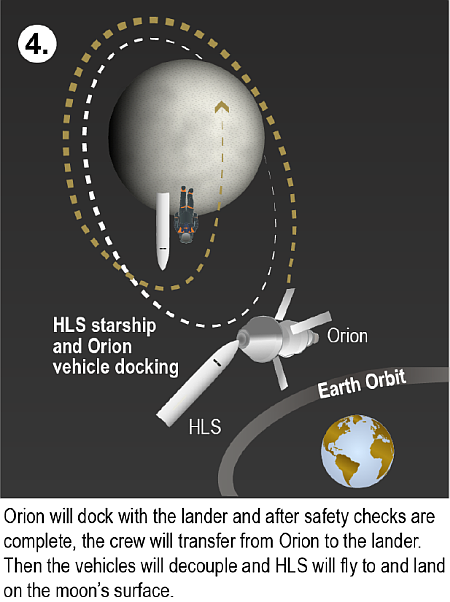China launches two satellites
The Chinese pseudo-company Galactic Energy today successfully launched two satellites, its Ceres-1 rocket lifting off from China’s Jiuquan spaceport in northwest China.
China’s own state-run press illustrates how pseudo this company is by not even mentioning its name in its reporting. It mentions the launch was “commercial,” but that’s as far as it goes. China’s press knows the government runs and owns this company, and only allows it the superficial appearance of a private company to enhance competition within its space industry.
No word on where the rocket’s lower solid-fueled stages crashed inside China.
The leaders in the 2023 launch race:
89 SpaceX
55 China
16 Russia
7 Rocket Lab
7 India
American private enterprise still leads China in successful launches, 101 to 55, and the entire world combined 101 to 88. SpaceX by itself still maintains its lead over the entire world (excluding other American companies) 89 to 88.
The Chinese pseudo-company Galactic Energy today successfully launched two satellites, its Ceres-1 rocket lifting off from China’s Jiuquan spaceport in northwest China.
China’s own state-run press illustrates how pseudo this company is by not even mentioning its name in its reporting. It mentions the launch was “commercial,” but that’s as far as it goes. China’s press knows the government runs and owns this company, and only allows it the superficial appearance of a private company to enhance competition within its space industry.
No word on where the rocket’s lower solid-fueled stages crashed inside China.
The leaders in the 2023 launch race:
89 SpaceX
55 China
16 Russia
7 Rocket Lab
7 India
American private enterprise still leads China in successful launches, 101 to 55, and the entire world combined 101 to 88. SpaceX by itself still maintains its lead over the entire world (excluding other American companies) 89 to 88.










